Florian Adolph, Gregor Gleiwitz, Stefan Mannel
INSIDE
HANDBUCH
BEAUTYKREIS
Opening: February, 12, 2011 at 19.00
Exhibition: February, 13 – April, 9, 2011
open by appointment +49 (0)179 663 69 79

INSIDE
HANDBUCH
BEAUTYKREIS
Opening: February, 12, 2011 at 19.00
Exhibition: February, 13 – April, 9, 2011
open by appointment +49 (0)179 663 69 79

Opening: November, 12, 2010 at 19.00
Exhibition: November, 13 – December, 12, 2010
open by appointment +49 (0)179 947 30 40

Ausstellung der Klasse Amelie von Wulffen, Akademie der bildenden Künste Wien
Opening: June, 25, 2010 at 19.00
Performance: Myriam Khouri, 20.30
Music: fuzzy tents
Exhibition: June, 26, 2010 – August, 28, 2010
open by appointment +49 (0)179 947 30 40

Janina Arendt, Kamilla Bischof, Michal Blaszczyk, Thao Le Dinh, Nicolas Dupont, Mohammad Fard, Elisabeth Greinecker, Anastasia Grichina, Andreas Harrer, Myriam Khouri, Florian Pfaffenberger,
Ayumi Rahn, Sophie Reinhold, Immanuel Rohringer, Leonie Schwitalla, Lucia Stamati, Philipp Timischl, Julian Turner, Dario Wokurka, Anastasiya Yarovenko, Matthias Widder, Marcin Zarzeka

Judith Hopf
Contract entre les hommes et l’ordinateur
Opening: 12th May 2010 19pm
Exhibition: May, 13th, 2010 – June, 20th, 2010
open by appointment +49 (0)179 947 30 40
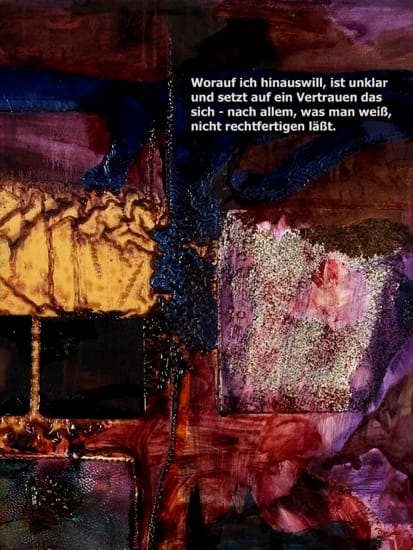
Michaela Eichwald
Opening: 5th March 2010 at 7pm
Exhibition: March, 6th, 2010 – April, 17th, 2010
open by appointment +49 (0)179 947 30 40
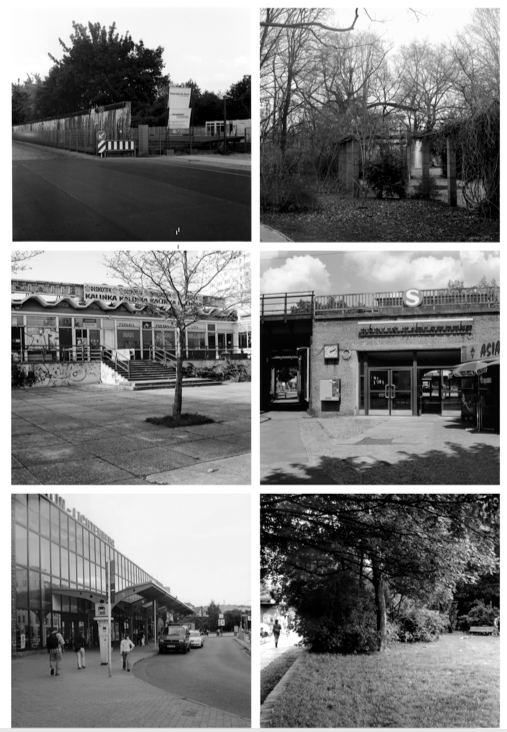
Jörg Möller – Berliner Tatorte
Exhibtion in Cooperation with ReachOut Berlin
Opening: January, 22, 2010 at 19:00
January, 23 – February, 20, 2010
open by appointment +49 (0)179 947 30 40

HÜTTENDONG
Opening: 13th November 2009 at 7pm
Exhibition: 14th November 2009 – 3rd January 2010
open by appointment +49 (0)179 947 30 40
Opening: friday 3. july 2009 7pm
Exhibition: july 4 – september 4 2009
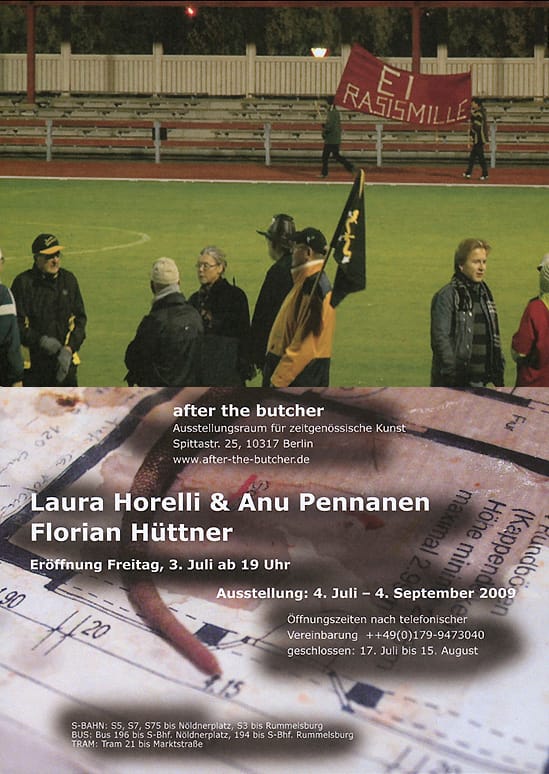
Opening: Friday, April 30th 2009 from 19 h
Exhibition: May, 1th – May, 30th, 2009
open by appointment +49 (0)179 947 30 40
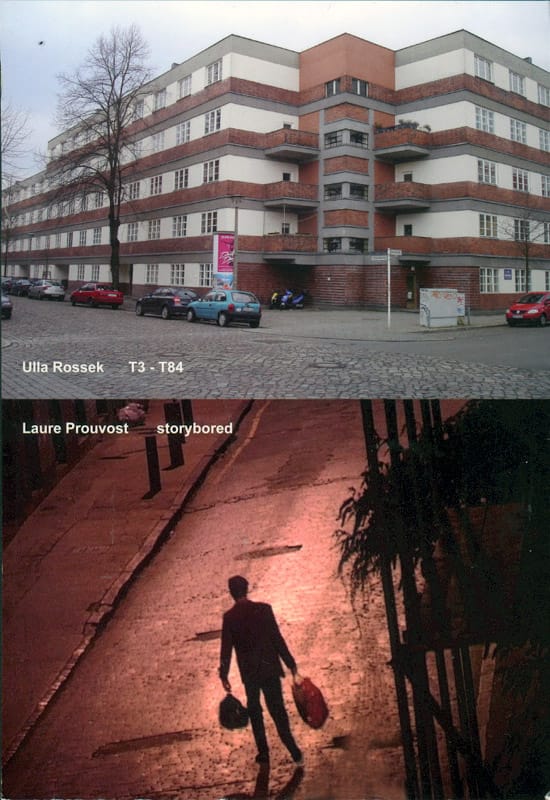
Friday, March, 6th, 2009 from 19 h
at 10 pm live:
fendercuts sud
(Sergej Jensen, Stefan Müller, Mischa Schulze)
Exhibition: March, 7th – April, 4th, 2009
open by appointment +49 (0)179 947 30 40
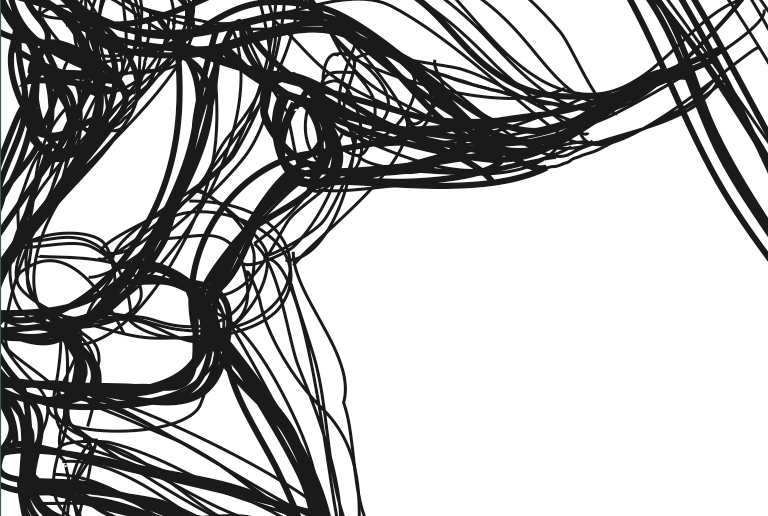
tracer macht die Struktur einer Zusamenarbeit von 4 Leuten nach außen deutlich – die nach innen schon jahrelang funktioniert. – TB
tracer spürt einen Gedanken-Prozess auf, intern, und von Mensch zu Mensch – es ist sowohl linear als auch chaotisch. – DK
tracer legt Entwicklungsvorgänge dar die sich beeinflussen, zeigt was wächst, verzweigt, was verworfen oder nicht weiterverfolgt wird. – MF
tracer die Spanische Treppe hoch und dann rechts auf den Markusplatz einbiegen… – HP
tracer stelle ich mir als eine Art Navigationshilfe vor: in einer Gesellschaft der Vereinzelung als Suche nach den Potentialen kollektiver Prozesse. – TK (after the butcher)